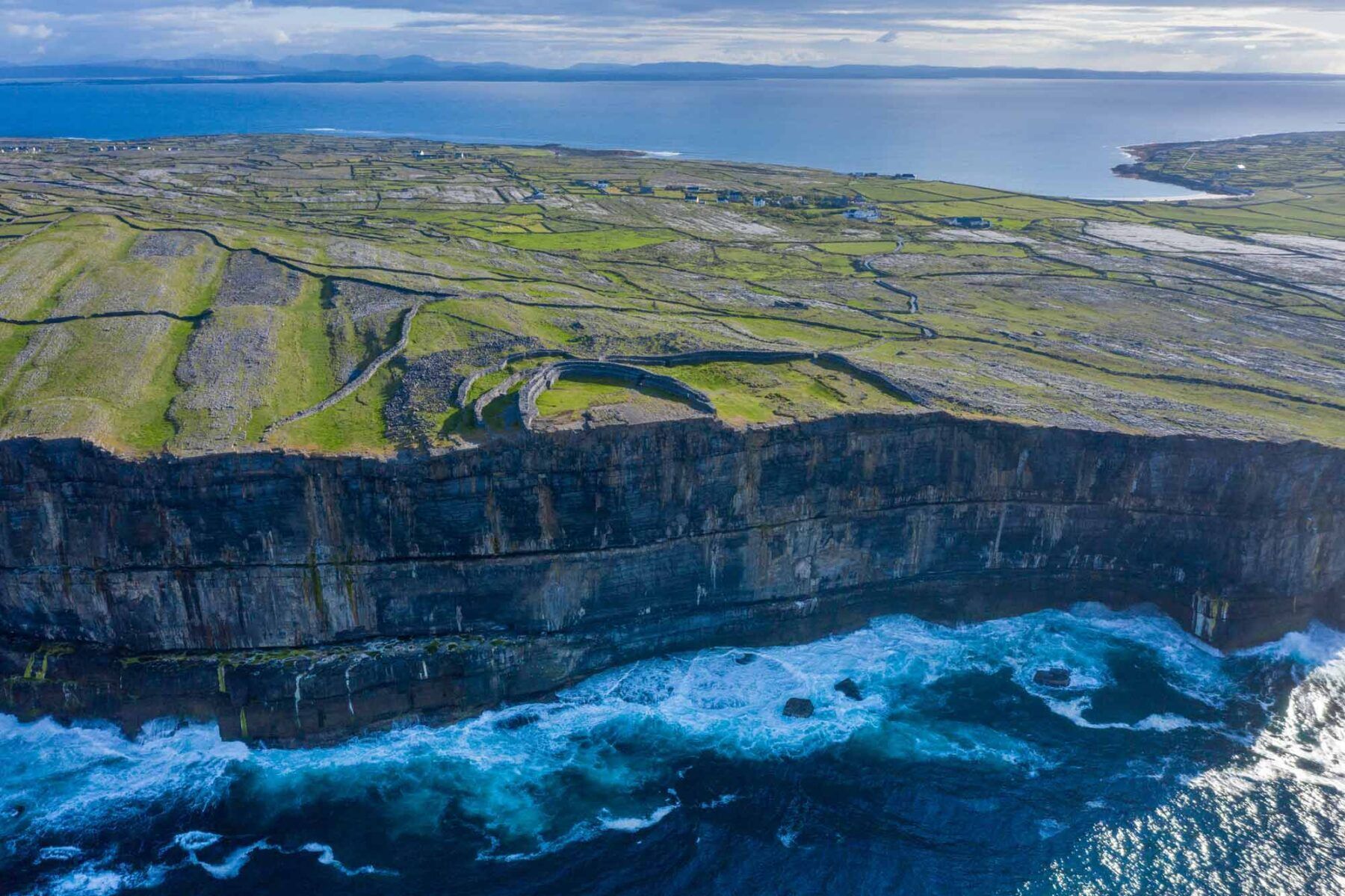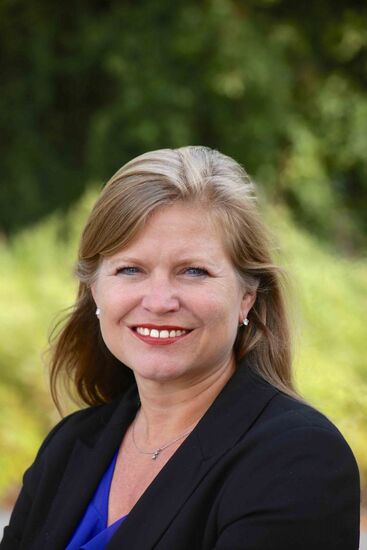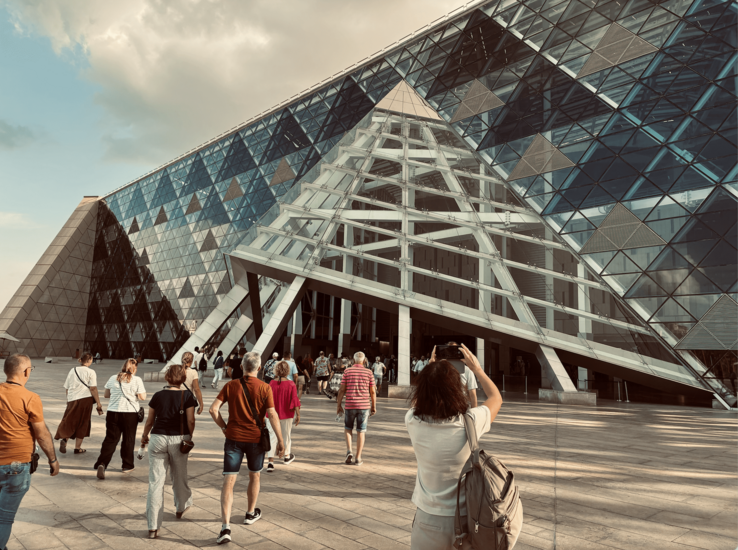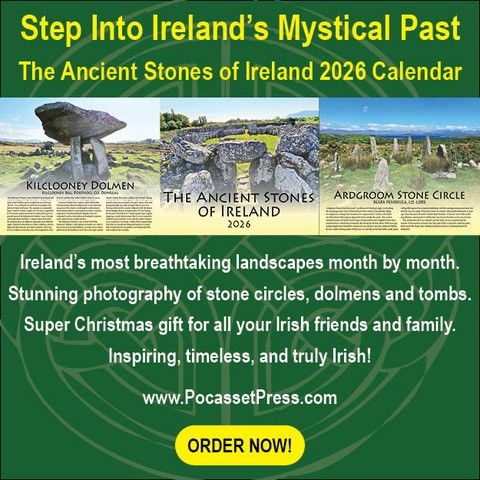It was the first time I can recall that myself and my wife were called to board the plane by our first names. But this wasn’t some big airline in a huge airport. Rather, it was a small plane in a small airport.
That said, the destination was a big one, long awaited and eagerly anticipated.
The island of Inis Mor in the Aran Islands to be precise.
After years of wandering the island of Ireland for reasons purposeful and casual the time had finally come to step ashore on the main island of the famed Aran Islands trio, the aforementioned Mor, Inis Meain and Inis Oirr.
Stepping ashore might not be the best way of describing the arrival.

Some will recall an ad on Irish television years ago which had a couple of lads rowing an iconic currach with a barrel of Guinness on board.
“Ta Siad Ag Teacht” (they are coming) was the main line in the ad. And of course the currach, a boat of ancient design, was once the main mode of transport for Aran islanders journeying between the islands or to and from the mainland.
Then along came ferries out of Galway and planes out of Connemara Airport, which is a few miles to the west of Galway City and was our departure point.
Our flying chariot would be an eight seat Britten-Norman Islander.
This is a no fuss plane that is perfect for a no fuss flight. And indeed it was no fuss. Once we strapped in our pilot turned on the engine, and as if driving a car took us down to the end of the runway, turned around and took us into the air.
The flight to the airport outside Kilronan, the main village on our island destination, took less than ten minutes.
Once home to an Aran Islands family.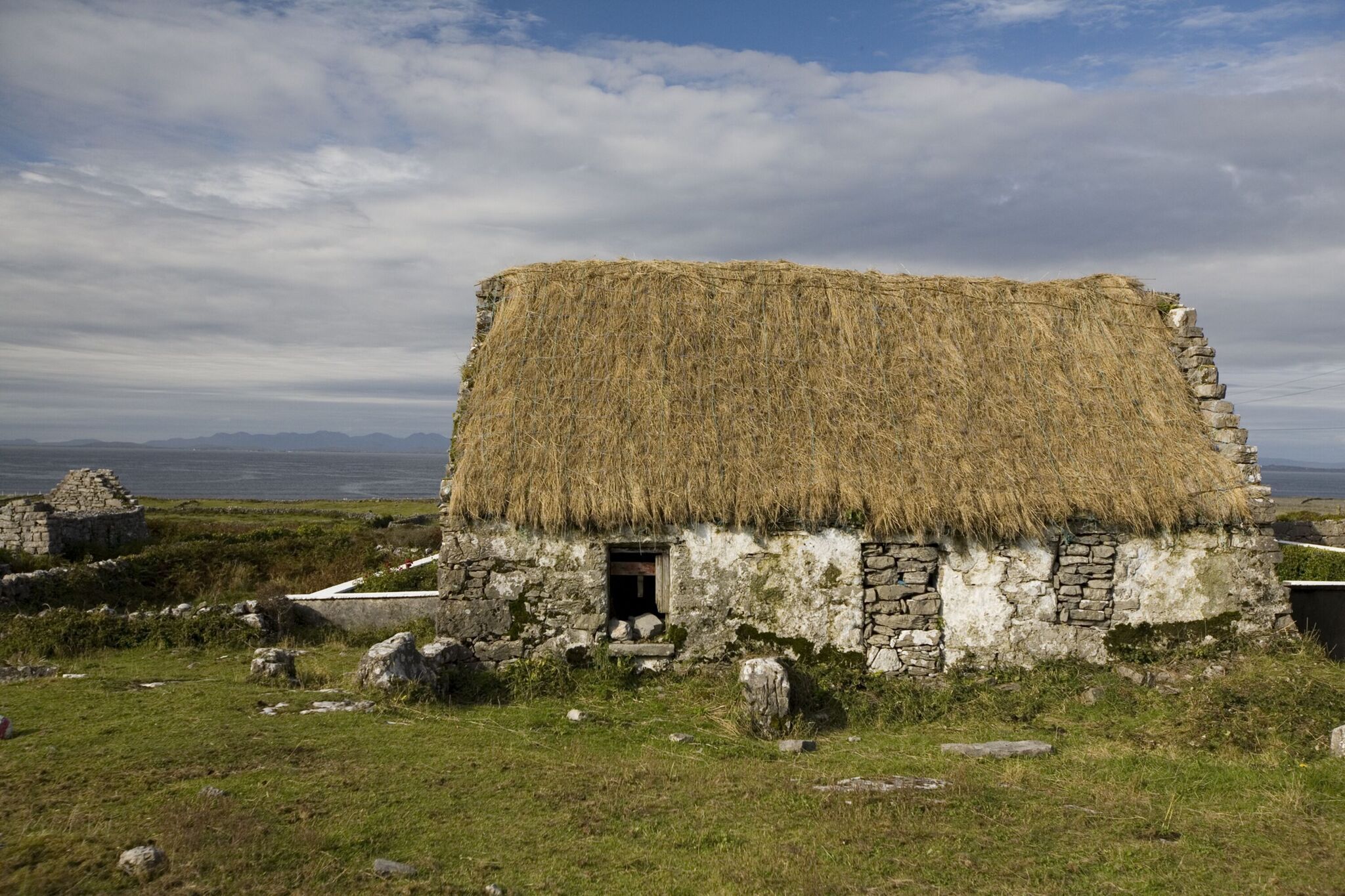
Before we could get our air legs we were on the ground again. A bus took us into Kilronan and for the rest of the day it was up to us.
You can see the island pretty much as you wish. You can walk, cycle, avail of a pony and trap, or take a bus tour.
We opted for the bus which, in our case, was operated by Celtic Tours with Patrick Hernon our driver and guide.
Suffice it to say Patrick was a veritable font of information. There was a story behind every rock wall, every standalone gable and indeed every tree; not that there were too many of those.
Kilronan was where the shopping mission was carried out but the main object of our curiosity was the ancient fortress of Dun Aengus, or Dún Aonghasa.
A jumping off point for the fort is the island visitor center, Ionad Arainn, If the fort is the ultimate destination there are additional recommended points of interest. They include the remains of Arkin’s Castle, a Cromwellian fort that maintained a garrison during the 17th and 18th centuries. St. Ciaran’s Monastery, east of the village, is where it is still possible to gaze upon several early cross-slabs, pillars, and a holy well dedicated to the early saint.
Also nearby is the ancient site of St. Soorney’s Church. To the west of Kilronan is the church of St. Enda, the saint most closely identified with the spread of Christianity hereabouts. Kilmurvey is the other main village on Inis Mór.
It lies about seven kilometers west of Kilronan and in its vicinity is the Church of St. Colman MacDuagh, and the Church of the Saints.
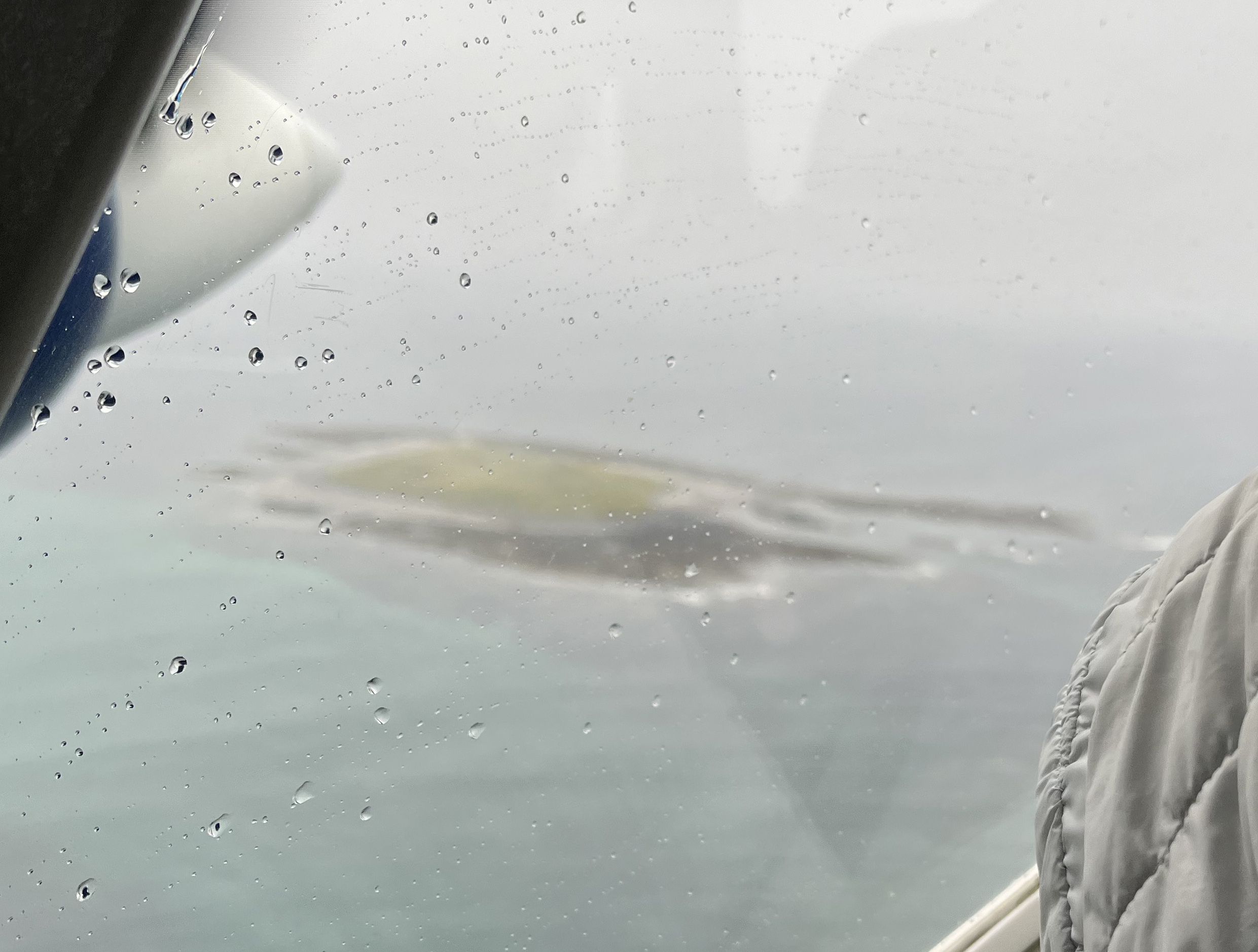
Back in the day the inhabitants of the island were not short of places to pray.
But on to the prehistoric fort that is Dun Aengus, the highlight of our island tour and the largest of the prehistoric stone forts to be found on the Aran Islands.
This is one serious redoubt. It faces into the island with a three semicircular stone wall constructed with blocks of limestone.
The biggest wall seals off the inner keep. The multiple walls were a good idea if an enemy attacked because there was nowhere to retreat. The rear of the fort is a void – a 300 foot cliff that drops into the waters of the Atlantic.
Dun Aengus covers eleven acres so it could house and shelter a lot of people.
Today it welcomes peaceful visitors.
According to the website Heritage.ie the fort consists of “three massive drystone defence walls. Outside them is a chevaux-de-frise – that is, a dense band of jagged, upright stones, thousands in number. A devastatingly effective way to impede intruders, the chevaux-defrise surrounds the entire fort from cliff to cliff.
“Dún Aonghasa is over 3,000 years old. Excavations have revealed significant evidence of prehistoric metalworking, as well as several houses and burials. The whole complex was refortified in AD 700–800.”
The visit to the fort involves a short hike over rising ground and rough, natural rock so visitors are advised to come prepared with boots or strong walking shoes. Care is advised when walking near the cliff as there is no fence or barrier at the edge of the drop.
We took the advice and so made it safely back to the airport. At the end of a full day sightseeing this is where the air connection really came into its own.
Within minutes we were back on the mainland and heading for Galway City and our hotel.
More at info@aerarannislands.ie.
Aranceltictours@gmail.com.

